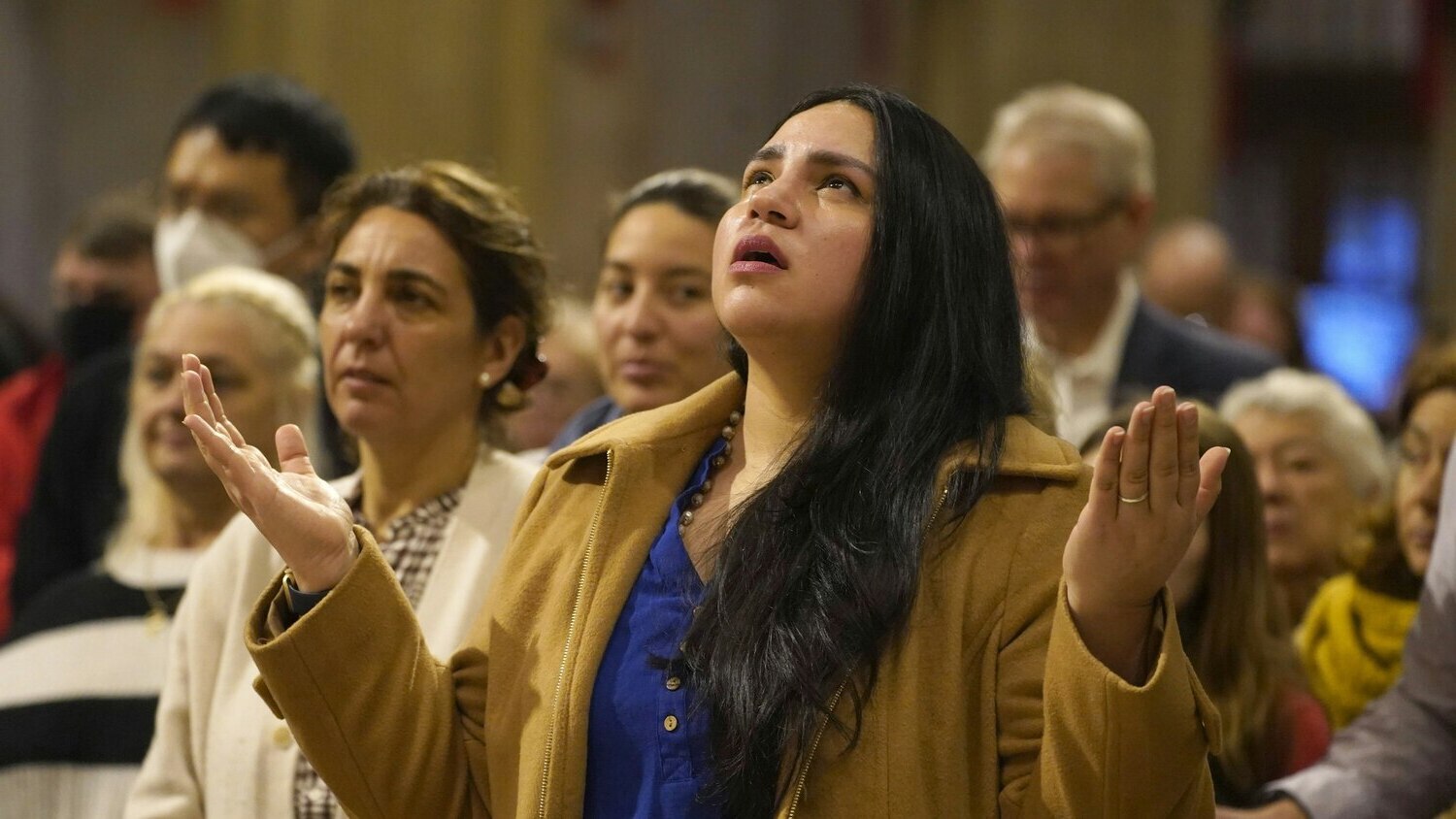
What is a Lapsed Catholic? A lapsed Catholic is someone who was raised in the Catholic faith but no longer practices it regularly. This term often describes individuals who have drifted away from attending Mass, participating in sacraments, or following church teachings. Reasons for this can vary widely, from personal disagreements with church doctrines to life changes that make regular attendance difficult. Some lapsed Catholics may still hold onto certain beliefs or cultural aspects of the faith, while others might distance themselves entirely. Understanding the journey of a lapsed Catholic can provide insight into the complexities of faith and personal growth.
Who Are Lapsed Catholics?
Lapsed Catholics are individuals who were raised in the Catholic faith but have stopped practicing it. Their reasons for leaving can vary widely, from personal beliefs to life circumstances.
- Lapsed Catholics often still identify as Catholic despite not attending church regularly.
- Many lapsed Catholics left the church due to disagreements with its teachings.
- Some lapsed Catholics return to the church later in life, especially during significant life events.
- The term "lapsed" can sometimes carry a negative connotation, implying a failure to maintain faith.
Reasons for Leaving the Church
Understanding why people leave the church can provide insight into the challenges the Catholic Church faces today.
- Disagreements with church teachings on social issues, such as LGBTQ+ rights, are common reasons for leaving.
- Scandals within the church, particularly those involving abuse, have driven many away.
- A lack of connection with the church community can make individuals feel isolated and lead to lapsing.
- Some leave due to a perceived lack of relevance of the church in modern life.
The Impact of Lapsing on Personal Faith
Leaving the church doesn't always mean abandoning faith altogether. Many lapsed Catholics continue to hold spiritual beliefs.
- Many lapsed Catholics still pray and believe in God, even if they don't attend church.
- Some find new spiritual paths, such as joining other Christian denominations or exploring different religions.
- Lapsed Catholics often maintain Catholic traditions, like celebrating Christmas and Easter.
- The sense of guilt or conflict about leaving the church can linger for years.
The Church's Response to Lapsed Catholics
The Catholic Church has recognized the issue of lapsed members and has taken steps to address it.
- Pope Francis has emphasized the importance of reaching out to lapsed Catholics.
- Some parishes offer programs specifically designed to welcome back lapsed members.
- The church has made efforts to modernize and become more inclusive to appeal to younger generations.
- Confession and reconciliation are often encouraged as a way for lapsed Catholics to return.
Statistics and Trends
Numbers can tell a compelling story about the phenomenon of lapsed Catholics.
- Studies show that a significant percentage of Catholics in the U.S. are lapsed.
- Younger generations are more likely to lapse than older ones.
- The rise of secularism and individualism has contributed to the increase in lapsed Catholics.
- Despite the trend, the Catholic Church remains one of the largest religious institutions globally.
Final Thoughts on Lapsed Catholics
Lapsed Catholics, those who have drifted away from the Church, often carry a mix of nostalgia and skepticism. Many leave due to disagreements with Church teachings or personal experiences. Despite this, the cultural and spiritual impact of Catholicism often remains significant in their lives. Some may return, seeking the community and rituals they once knew, while others find new spiritual paths. Understanding the reasons behind their departure can foster empathy and open dialogue. Whether they return or not, their journey reflects the broader challenges and changes within modern religious landscapes. Recognizing these factors helps in appreciating the complex relationship many have with their faith. This awareness can lead to more inclusive and understanding communities, respecting individual spiritual journeys while acknowledging the evolving nature of religious belief and practice.
Was this page helpful?
Our commitment to delivering trustworthy and engaging content is at the heart of what we do. Each fact on our site is contributed by real users like you, bringing a wealth of diverse insights and information. To ensure the highest standards of accuracy and reliability, our dedicated editors meticulously review each submission. This process guarantees that the facts we share are not only fascinating but also credible. Trust in our commitment to quality and authenticity as you explore and learn with us.


